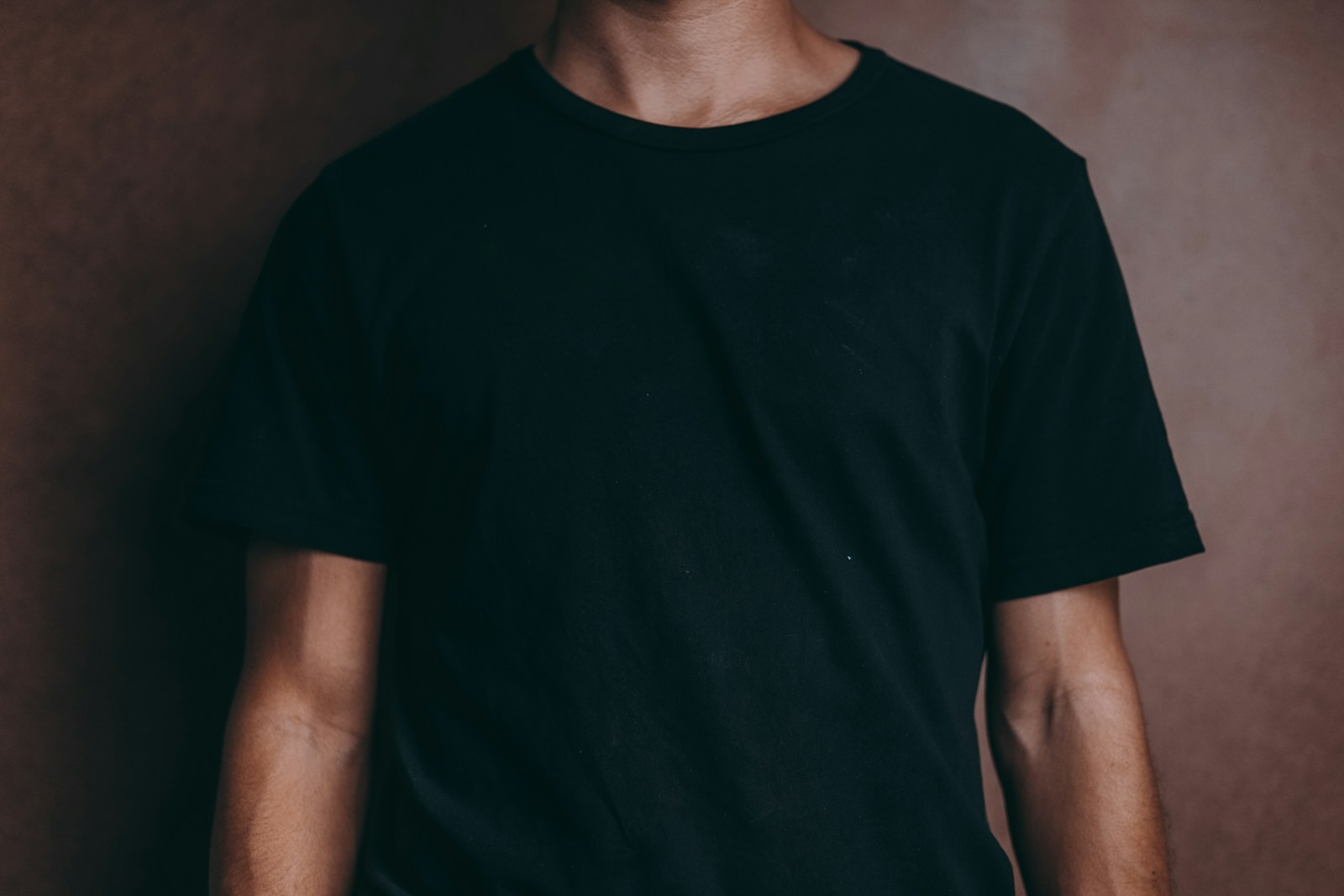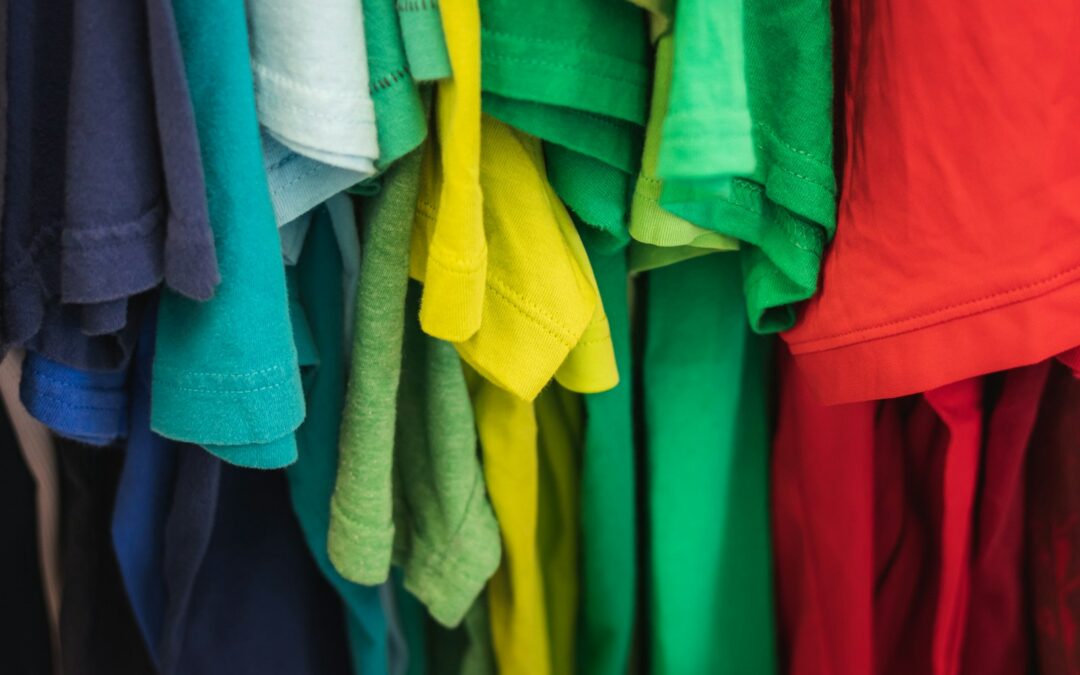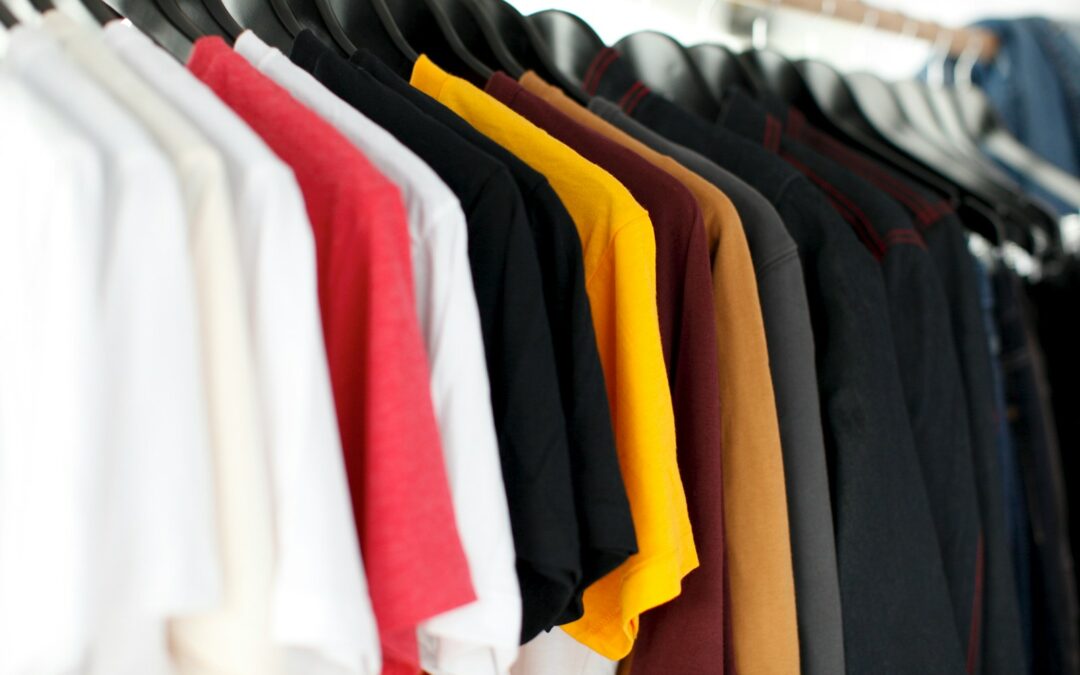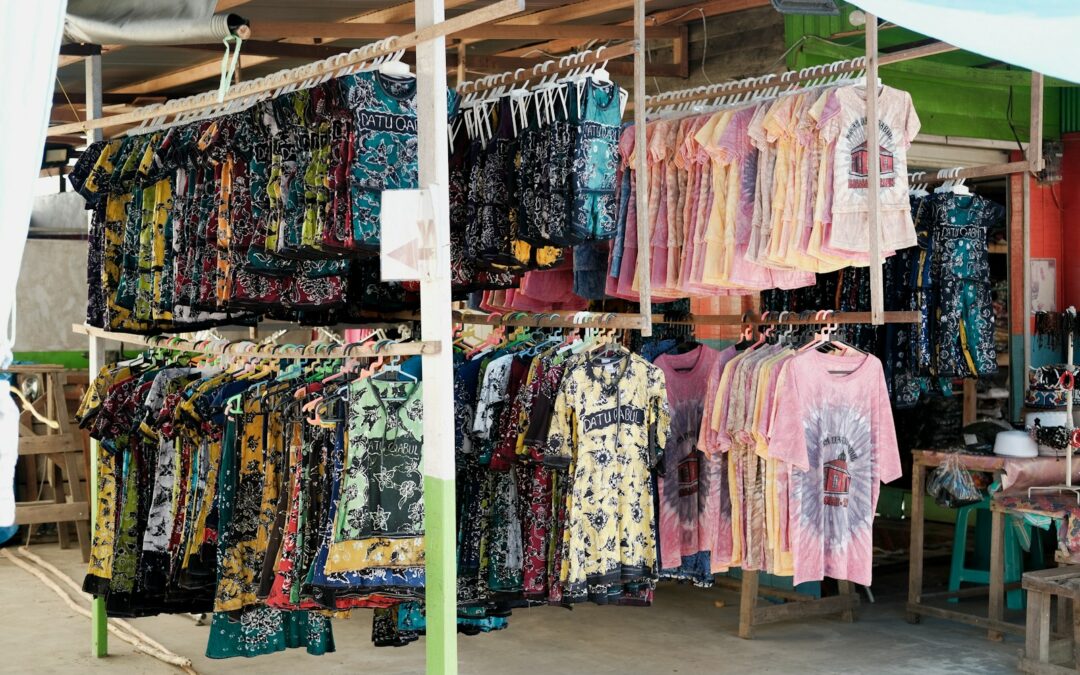I’ve seen it countless times: a creator gets a big order for black hoodies, or a print shop is asked to put a logo on a nylon jacket, and a wave of uncertainty hits. Dark garments and tricky fabrics can feel intimidating for even seasoned pros. There’s a fear of colors looking dull, the fabric scorching, or the transfer just not sticking right. I get it.
DTF printing enables high quality DTF transfers with vivid colors and full color designs on t shirts and other apparel, ensuring every image stands out with professional detail and durability.
But I’m here to tell you that with the right approach, these materials are some of the most rewarding to work with. As your partner in this process, I want to pull back the curtain and show you how our direct-to-film (DTF) transfers turn these challenges into opportunities. With the right tools and a few key steps, you can achieve flawless results every single time.
Introduction to DTF Transfers
DTF transfers—short for Direct to Film transfers—are transforming the way custom apparel and textile printing is done. This innovative printing technique allows you to create high quality prints with vibrant colors, crisp fine details, and exceptional durability, all with minimal setup and effort. Whether you’re a small business, a print shop owner, or a creative entrepreneur, DTF transfers open up new possibilities for custom apparel that stands out.
What sets DTF transfers apart is their versatility. Using specially formulated DTF inks, designs are printed directly onto a film transfer sheet, capturing every nuance of your artwork—from bold graphics to the smallest details. These film transfers are then applied to a wide range of materials, including cotton, polyester, blends, and even more challenging fabrics, using a commercial grade heat press. The result? Professional results with vivid, long-lasting colors that resist dye migration and won’t crack or peel, even after repeated washes.
The ordering process is designed for convenience and speed. You can upload your print ready artwork, select your preferred material, and order exactly the quantity you need—there’s no minimum quantity required. This flexibility is perfect for small businesses and custom projects, allowing you to test new designs or fulfill bulk orders without the constraints of traditional methods like screen printing. Plus, with fast turnaround and fast shipping, you can count on receiving your DTF transfers in a timely manner, keeping your production on schedule.
Applying DTF transfers is straightforward: simply use a heat press, parchment paper, and a teflon sheet to achieve a flawless finish. The transfers are engineered for easy application, ensuring that even complex designs with small details come out looking sharp and professional. And if you want to see the print quality for yourself before committing to a larger order, sample packs are available so you can test the durability and vibrancy firsthand.
For businesses looking to scale, wholesale DTF transfers and gang sheets offer significant cost savings and efficiency. Whether you’re producing a single custom t shirt or outfitting an entire team, DTF transfers provide the flexibility, quality, and speed you need to deliver great quality apparel in a fast, reliable, and cost-effective way.
In short, DTF transfers are the modern solution for anyone seeking high quality, custom prints on a variety of materials. With their ease of use, outstanding print quality, and fast service, DTF transfers are the smart choice for taking your apparel printing projects to the next level.
Why DTF Transfers Shine on Dark Garments
Printing on dark-colored apparel used to be a complicated, multi-step process. You’d worry about laying down a thick, heavy base that could crack or feel like a plastic shield on the shirt. Our custom DTF transfers completely change the game.
We engineered our transfers to deliver bold, vibrant colors on any dark fabric, from deep blacks to navy blues and forest greens. The secret lies in our CMYK+W ink system. Every design is printed with a precisely calibrated white underbase that acts as a primer, ensuring your colors pop without getting lost in the dark material. This award-winning print accuracy means what you see on your screen is what you get on your garment.
Here’s what that means for you:
- No cracking or fading: Our transfers are flexible and durable, moving with the fabric.
- Sharp, high-resolution images: Fine details and crisp text remain perfectly clear.
- Full-color custom apparel: You are no longer limited by color counts or complex setups.
- True hot-peel speed: The ability to peel the film immediately after pressing dramatically speeds up your production workflow.
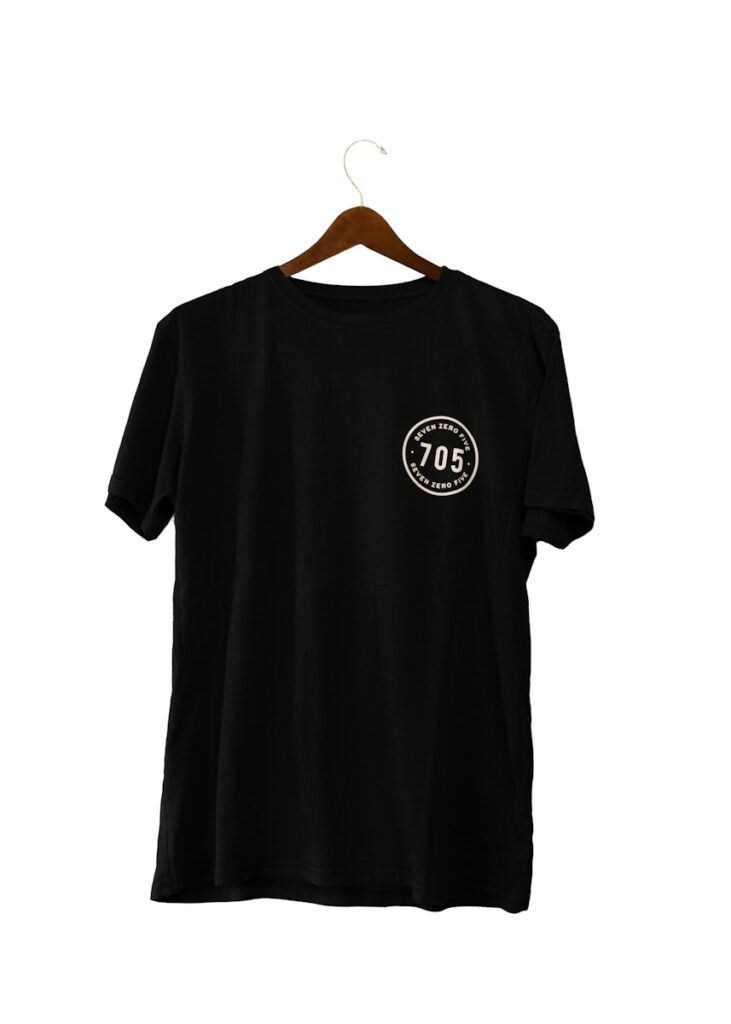
Photo by Ryan Hoffman on Unsplash
Understanding Tricky Fabrics and Why They Matter
Beyond standard cotton tees, there’s a whole world of fabrics that many traditional printing methods just can’t handle. These are what I call the “tricky” ones, and they often represent high-value opportunities for custom apparel.
So, what makes a fabric tricky?
- Polyester: Prone to “dye migration,” where the fabric’s dye bleeds into the transfer, discoloring it.
- Nylon: A synthetic material that often has a coating and is sensitive to high heat.
- Leather: Can scorch easily and requires a strong bond without damaging the surface.
- Stretch Blends (like Spandex): Need a transfer that stretches without cracking.
- Denim: Its coarse texture can make it difficult for transfers to adhere evenly.
- Textured Materials (like canvas): Similar to denim, uneven surfaces can be a challenge.
Our DTF gang sheets, featuring specially formulated DTF inks, are designed to overcome these issues. The adhesive properties of our transfers create a powerful bond that prevents dye migration on polyester, while the application process uses temperatures low enough to protect sensitive materials like nylon and leather. The result is a clean, professional finish, not a stiff or warped one.
Common Challenges Creators Face on Dark or Sensitive Materials
I talk to creators every day, so I know the pain points that come with printing on these fabrics. Maybe you’ve experienced them yourself:
- Losing fine details or small text on a dark shirt.
- A crisp white print turning pink after being pressed on a red polyester jersey.
- A design feeling heavy, thick, and rubbery.
- The ink failing to bond correctly, leading to peeling after one wash.
- Creases or lifting around the edges of the transfer.
- Scorched marks or discolored squares around your design.
These are valid concerns, but they are all solvable. Our transfer quality and the film we use are at the heart of the solution. The white underbase preserves detail, our adhesive fights dye migration, and the hot-peel film releases cleanly to prevent uneven textures.
How I Prep Artwork for the Best Results
A great print starts with great artwork. Setting up your file correctly is the most important step you can take to ensure a perfect finished product. Our goal is to help you create a print-ready custom gang sheet without the stress or extra art fees.
Here is my step-by-step guide:
- Use a Transparent Background: Your artwork must be saved on a transparent background. Any white you want printed must be part of the design; otherwise, the printer will ignore it.
- Check Your DPI: For crisp lines and small text, I recommend an artwork resolution of at least 300 DPI. This ensures nothing gets lost in translation from screen to shirt.
- Use the Right Color Profile: Our printers are optimized for the CMYK color profile. Designing in CMYK helps create vivid, accurate colors.
- Remove Hidden Layers: Make sure your final exported file (like a PNG) is flattened. Hidden layers can sometimes cause printing errors.
- Ensure Designs are Print-Ready: Double-check for stray pixels or faint glows around your design, as these can show up in the final print.
If you don’t have design software, don’t worry. Our online Gang Sheet Builder makes this process incredibly simple. You can upload your PNG files, arrange them on a dtf sheet, and see exactly what you’re getting. It’s designed to make professional printing accessible to everyone.
Applying DTF Transfers on Dark Garments the Right Way
You have your transfers, and they look great. Now for the most crucial part: the press. Here is my recommended guide for a perfect application on dark cotton and poly-blend garments.
- Ideal Temperature and Pressure: I generally recommend pressing at around 300-320°F with medium-to-firm pressure.
- Pre-Press the Garment: Always pre-press your shirt for 5-7 seconds. This removes moisture and wrinkles, creating a smooth surface for the transfer.
- First Press: Place the transfer and press for 10-15 seconds.
- True Hot Peel: This is where the magic happens. You can peel the film off immediately while it’s still hot. Peel in a smooth, consistent motion. Some users may prefer a cold peel method, where the film is removed after the transfer has cooled, depending on the material or desired finish.
- Second Press: Cover the design with a parchment paper or teflon sheet and press for another 5-7 seconds. This step locks in the design, enhances durability, and gives it a softer, matte finish.
Dark garments benefit from this extra attention because it ensures the ink fully bonds with the fibers, giving you that premium look and feel.
Applying DTF Transfers on Tricky Fabrics
For high-risk materials, a little extra knowledge goes a long way. Here are my specific instructions for those tricky fabrics:
- Polyester: To avoid dye bleed, lower your temperature to 275-290°F and press for 10-12 seconds. Always test a small area if possible. The lower heat prevents the fabric dye from activating and migrating into your transfer.
- Nylon Jackets: Nylon is very heat-sensitive. Press at 270-280°F for just 8-10 seconds. Use light pressure and always use a protective sheet.
- Canvas Totes: The texture of canvas requires firm pressure. Press at 310°F for 15 seconds to ensure the adhesive melts into the textured surface.
- Leather Patches: Use low-to-medium pressure and a temperature of 260-275°F for 10 seconds. Always place a protective sheet between the heat platen and the leather to prevent scorching.
- Stretch Athletic Wear: Lower your temp to around 280°F and use light pressure. The key is to melt the adhesive without overheating the delicate, stretchy fibers.
Wholesale and Bulk Ordering for Shops
We know that every business operates differently. That’s why we offer several DTF order options to save you time and money.
- Bulk Wholesale DTF Transfers: For large runs and established shops, ordering in bulk offers the best pricing.
- Uploading Custom Gang Sheets: If you’re a designer who likes control, you can upload your own print-ready files.
- Custom DTF Gang Sheets: Order custom DTF gang sheets to tailor sheet sizes and quantities to your specific needs, giving you flexibility for any project.
- Using Our Gang Sheet Builder: Perfect for those who want an easy, visual way to arrange multiple designs and maximize their sheet space.
- Ordering by Size: Ideal for frequent, repeated prints of the same logo or design. Just upload one file and choose your size.
All of these options come with our commitment to fast, reliable turnaround. With same-day shipping on orders placed by noon EST and no minimum quantity, you can get exactly what you need, when you need it.
When to Choose DTF Over Traditional Methods
I love screen printing and other methods, but for tricky fabrics, DTF has clear advantages.
Compared to screen printing, DTF has no setup fees and offers unlimited colors. Compared to HTV (vinyl), it produces a much softer, more flexible finish that won’t peel or crack. As an advanced heat transfer method, DTF offers superior versatility and durability for garment decoration compared to traditional heat transfer techniques. And unlike sublimation, which only works on light-colored polyester, DTF works on nearly any garment or material, including cotton, blends, leather, and nylon. This versatility, combined with faster production times, makes it a superior choice for custom jobs on difficult materials.
FAQ and Troubleshooting
Here are a few quick answers to questions I get all the time:
- Are the DTF transfers ready to use when they arrive? Yes, our DTF transfers are ready for immediate use right out of the package. They are pre-made and require no additional preparation—just press and go for fast, convenient application.
- Why do my colors look dull before pressing? The colors on the film will appear muted. They come to life with heat and pressure!
- Do I really need a second press? I highly recommend it. It improves durability and gives the transfer a matte, soft-hand feel.
- What should I do if the film sticks? This usually means you need a bit more heat or pressure. Make sure your press is fully heated and apply firm, even pressure.
- How do I fix cracking on certain fabrics? Cracking can happen on stretchy fabrics if the transfer wasn’t applied correctly. Ensure you use the right temperature and a good second press to fully bond the ink.
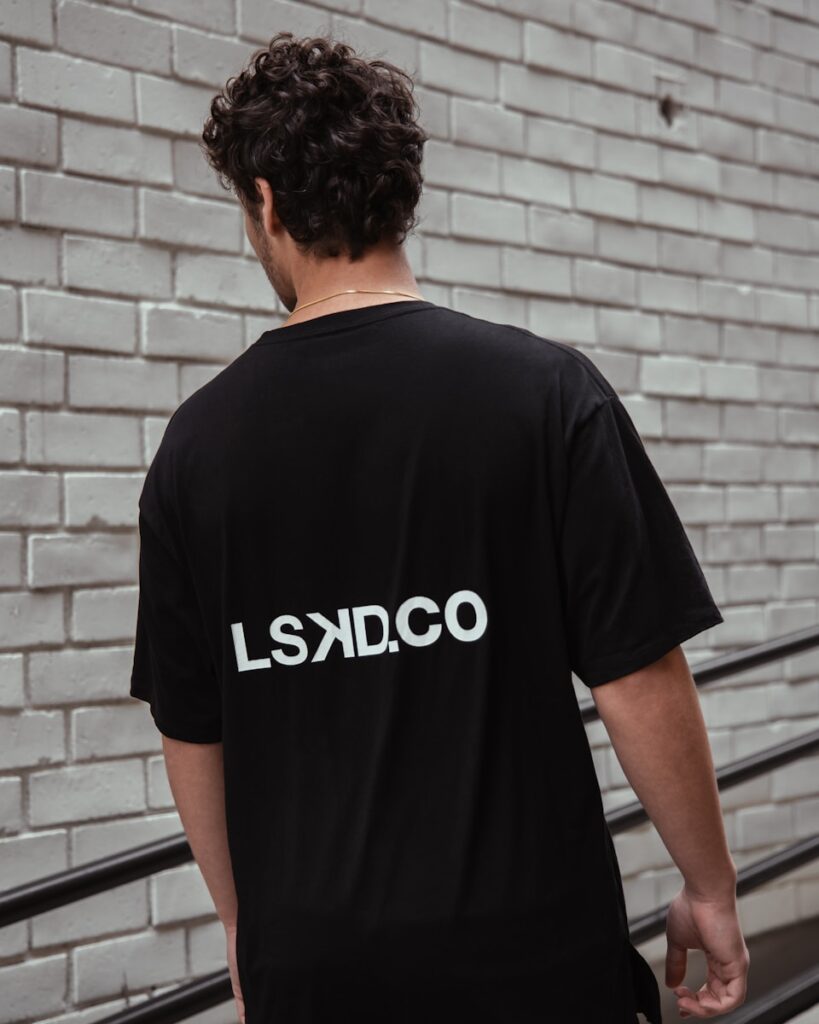
Photo by Sven Ciupka on Unsplash
Getting Professional Results Every Time With Limitless Transfers Custom DTF Transfers
My goal is to help you print with confidence. When you’re pressing DTF transfers, the last thing you need is guessing or hoping the colors will look right. With our custom DTF heat transfer prints, you can take on dark fabrics, stretchy materials, and those “tricky” projects without stress. Everything we make uses high-quality water based inks that press clean, stay vibrant, and hold up wear after wear.
No matter your DTF transfer needs — building a custom gang sheet, ordering single sheets, or placing a full DTF transfers order for your business — we keep the process simple, fast, and reliable. Our delivery service is quick, our fast turnaround times keep your shop moving, and our quality stays consistent every single time.
If you want to test things out first, grab a sample pack and feel the difference for yourself. When you’re ready to take on your next project, big or small, we’ve got your back.

